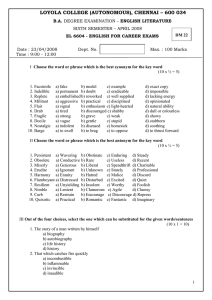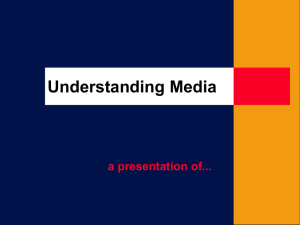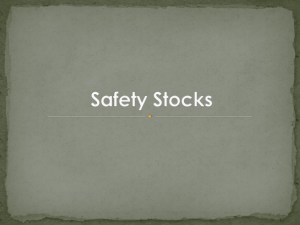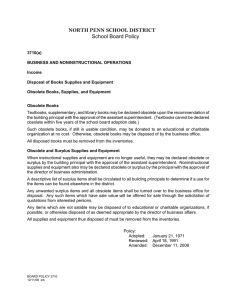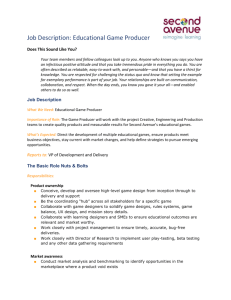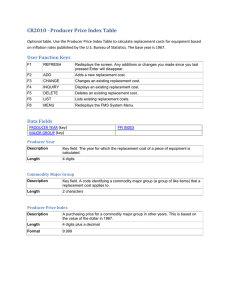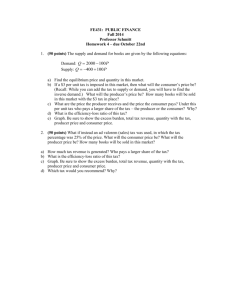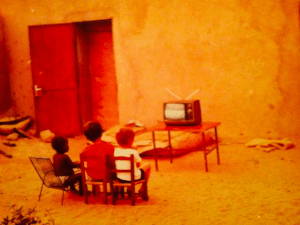IT Obsolescence presentation
advertisement
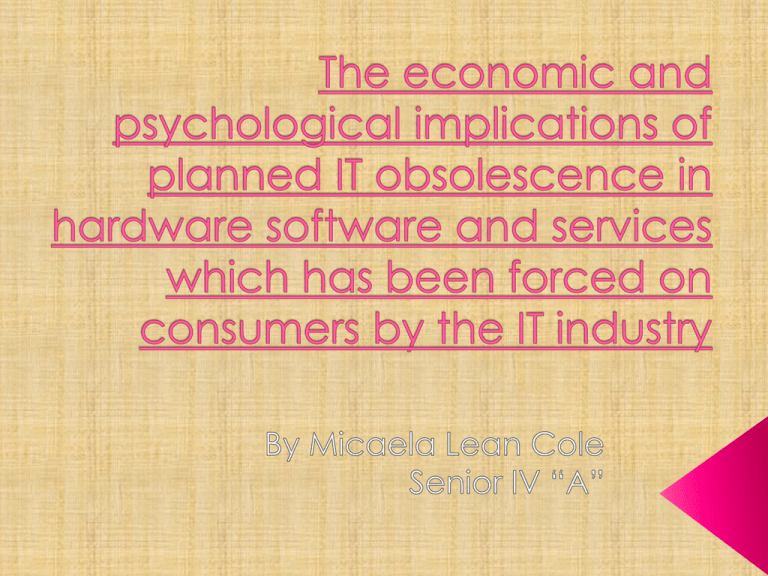
Old, outmoded, falling into disuse from a functional and technological point of view. The service is not competitive or not making profit any longer. The service logic needs significant updates. The User Interface has to be significantly upgraded. Competitors grab an edge with new technology features, so the company needs to offer similar or better products (always looking for the latest technologies). The item is no longer economical to produce (too expensive). Technical skills no longer available. The scalability has reached its limits (the change in size of the product is not taking full advantage of it anymore). The architecture is harder and harder to maintain, too many patches. Asset is already depreciated . Increased foreign competition Rapidly changing Environmental regulations technologies FACTORS Safety regulations Limited availability of certain necessary materials Process of a product becoming obsolete or non-functional after a certain period or amount of use in a way that is planned or designed by the manufacturer. Potential benefits for a producer the product fails and the consumer is under pressure to purchase again. Its purpose is to hide the real cost per use from the consumer, and charge a higher price than they would otherwise be willing to pay. Backlash for consumers the manufacturer invested money to make the product obsolete faster stimulate demand The consumer might turn to a producer that offers a more durable alternative. Ways to make planned obsolescence successful: Making the cost of repairs comparable to the replacement cost or by refusing to provide service or parts any longer. Creating new lines of products that do not interoperate with older products can also make an older model quickly obsolete, forcing replacement. Design expected average lifetime. Each component is made according to those specifications. Companies introduce new tech. That replaces the old which doesn’t have the same functionality as the new ones. Associated (complementary) products also become obsolete. Value engineering design a product to last for a specific lifetime so as to reduce the cost of making it. There is an information asymmetry between the producer – consumer. CONSECUENCES: Significant harm to society: Continuously replacing, rather than repairing, products creates more waste, pollution, uses more natural resources, and results in more consumer spending. Links to sources: http://it.toolbox.com/blogs/ea-matters/it-obsolescencecriteria-21090 http://en.wikipedia.org/wiki/Planned_obsolescence www.youtube.com/watch?v=N2KLyYKJGk0&feature=related
